One of the coolest things about working at The Mariners’ Museum and Park is seeing how science has been, well, a thing, since the very beginning. The fact that we were doing soil pH measurement as early as the 1930’s is something that deserves a little more discussion.
A Little History
Early in the creation of the Park, our forester George Mason (shown below) and consultant Ralph Hayes, a professor at North Carolina State University, conducted a pH (acidity) soil survey of the grounds at the direction of the Museum’s Garden Committee. Mason and Hayes performed tests to ensure the success of 3,920 azaleas and rhododendrons on Lake promontories. Over time, the plantings disappeared through natural forest succession. However, that early soil testing was vital in the planting of the entire Park.

The fact that they were testing soil acidity (pH) as early as 1932 is immensely cool. Using a pH scale for acid measurement was a relatively new science at the time, having only been codified 20 years previously: Soren Sorensen: pH and Beer.
It makes sense that gardeners and agriculturalists were right on top of this science early. These plant experts saw how practices like adding lime (calcium carbonate not the fruit) changed the pH of the soil and favored some plants over others. Soil pH measurement allowed them to know, prior to planting, how different seeds would grow and live.
In that vein, using soil pH measurement to map the Park allowed the Garden Committee to determine what plants would do well in different locations. They could identify what needed to be added to the soil in different locations to grow specific plants.
Plants in the Park Today
The gallery below highlights some of the plants in the park and the soil pH ranges (most ideal) for the plants:
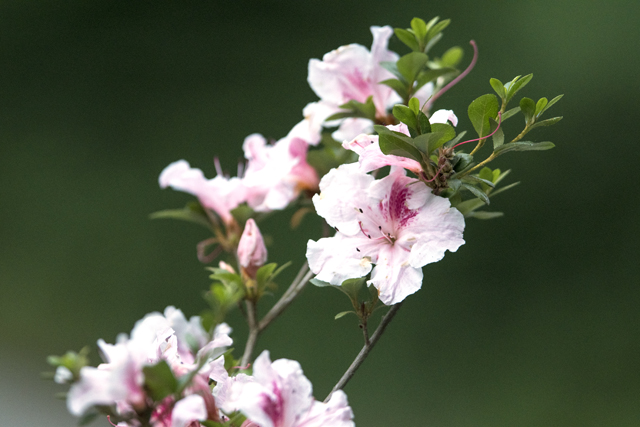
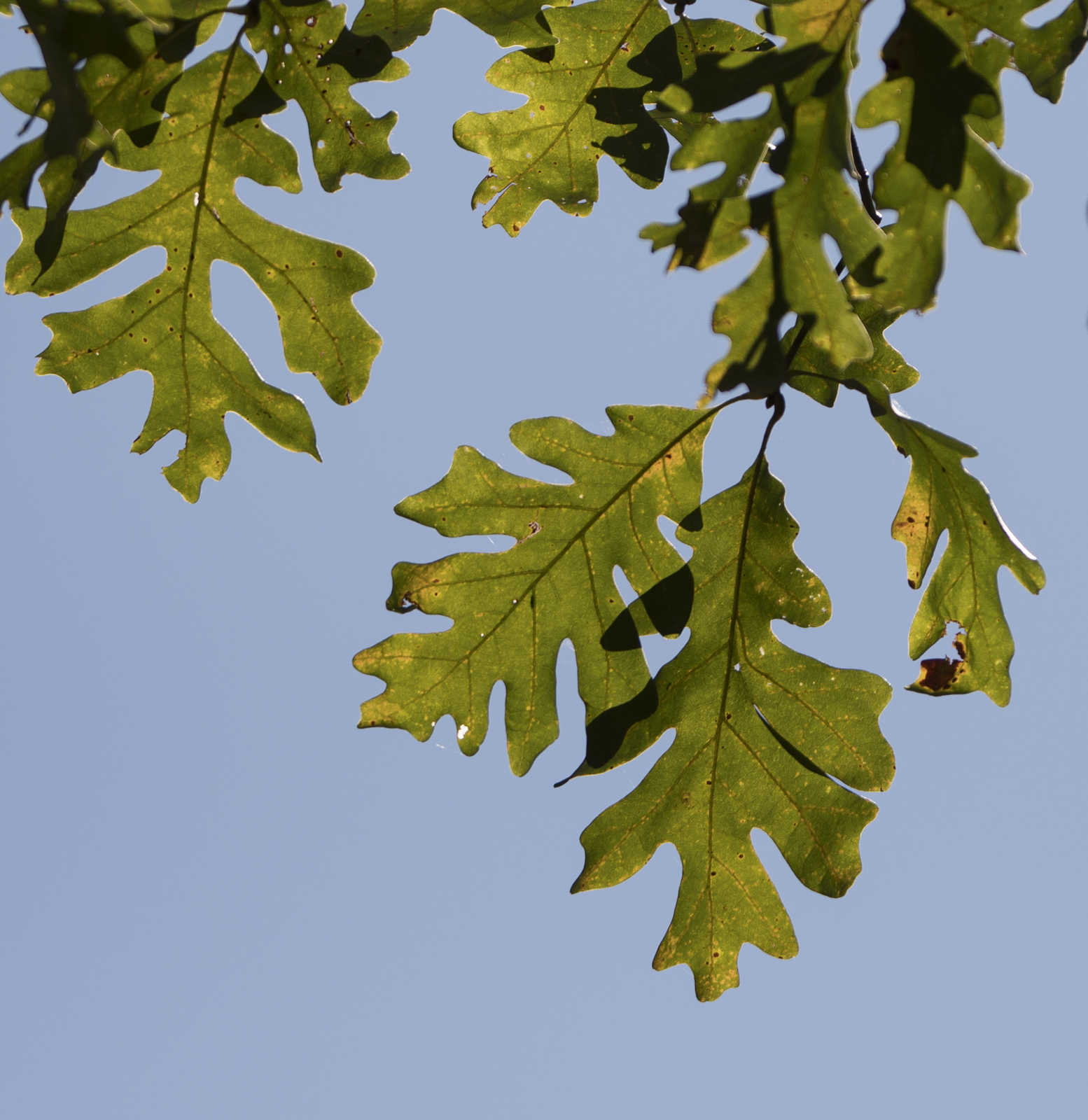
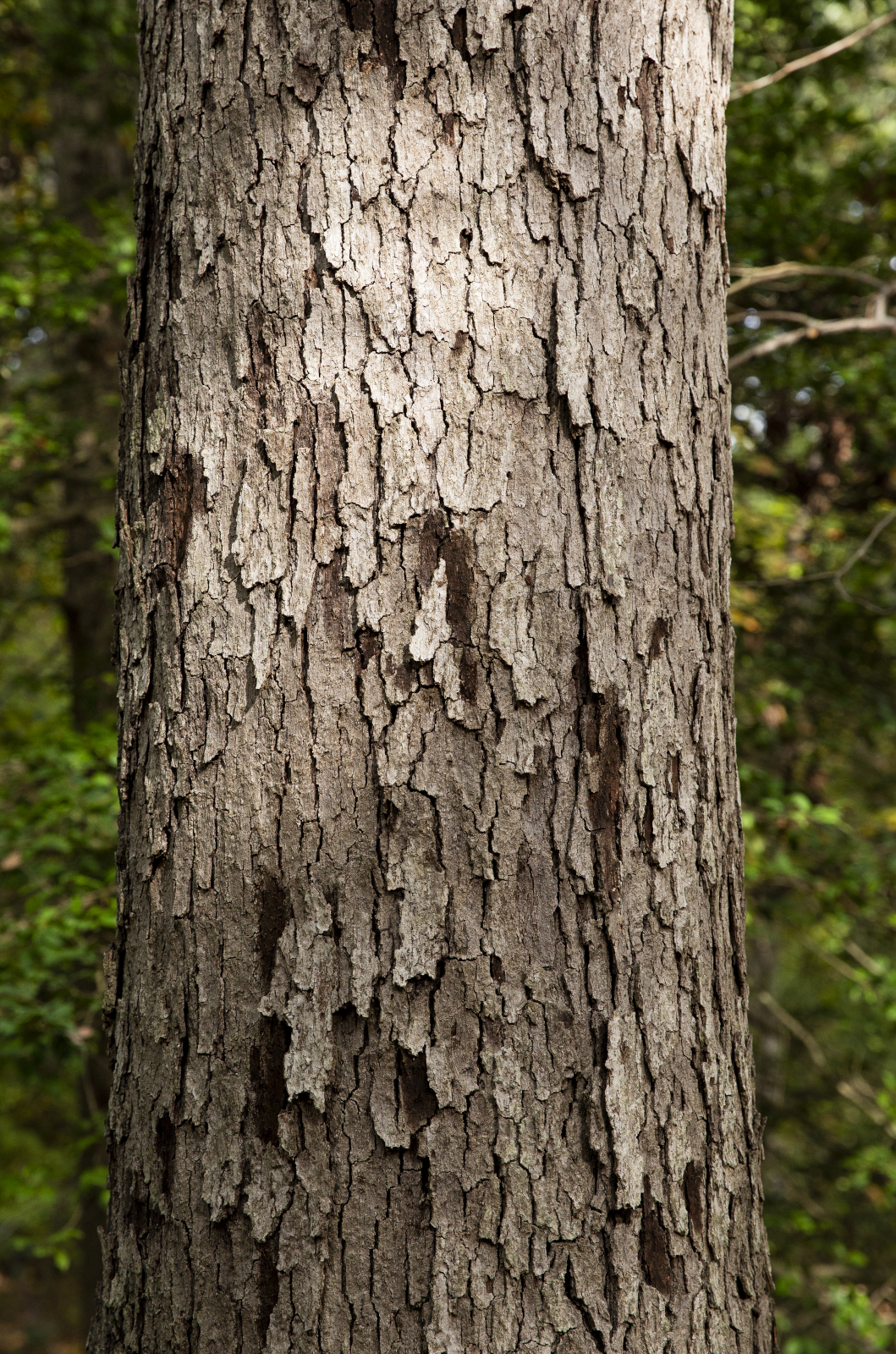
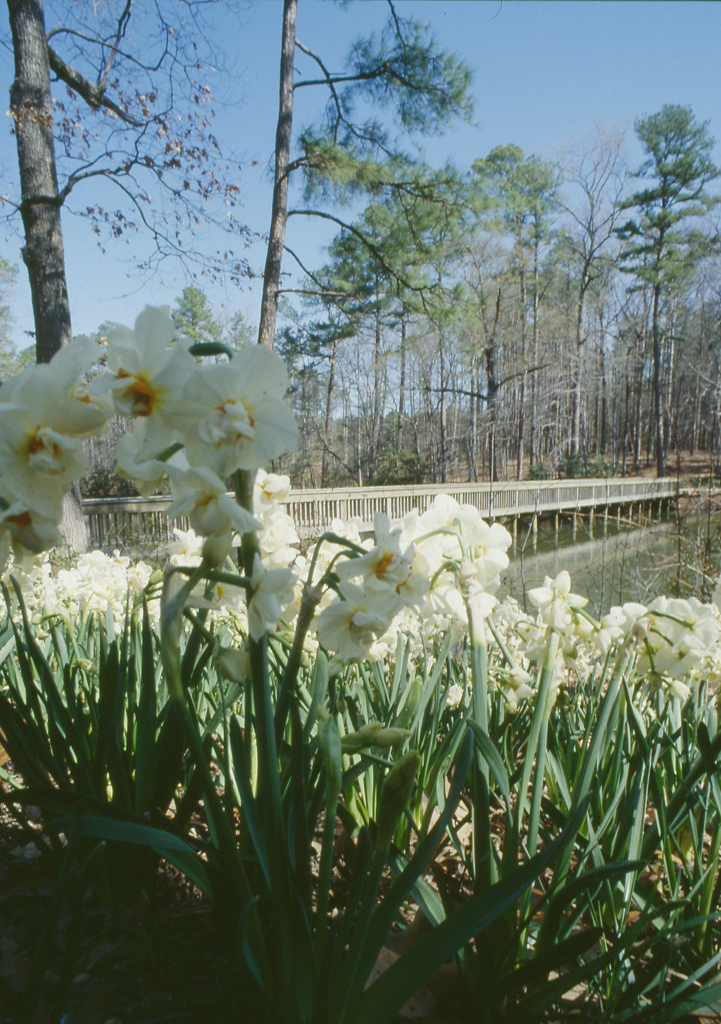
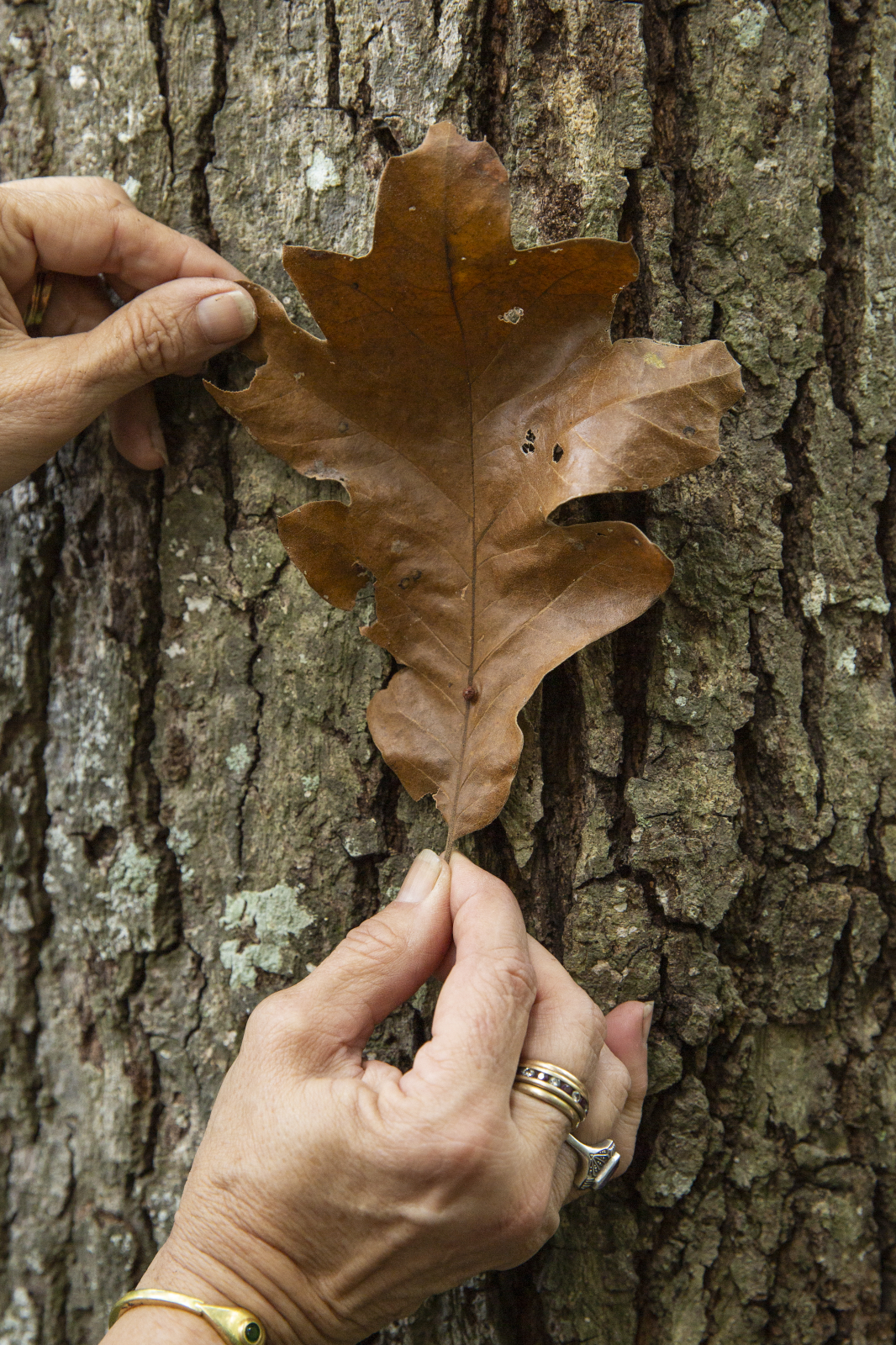
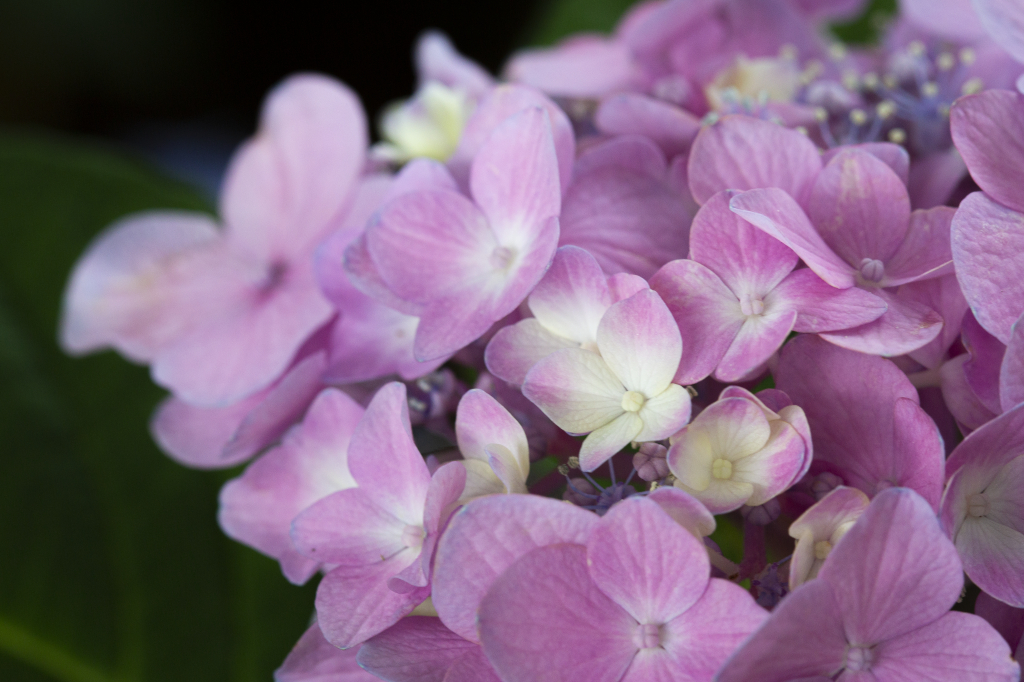
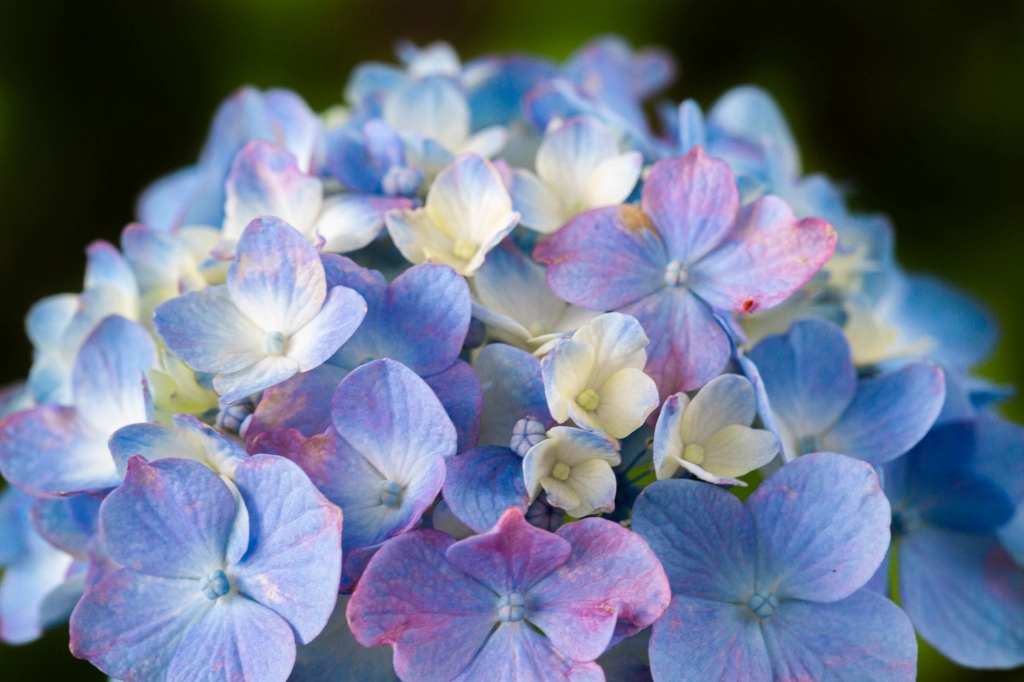
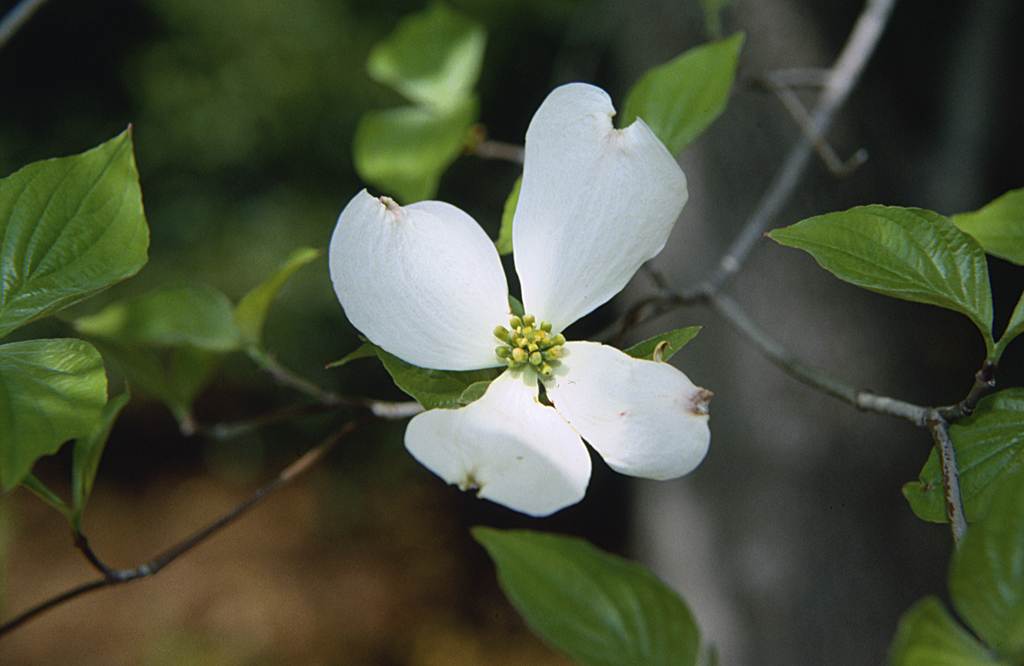
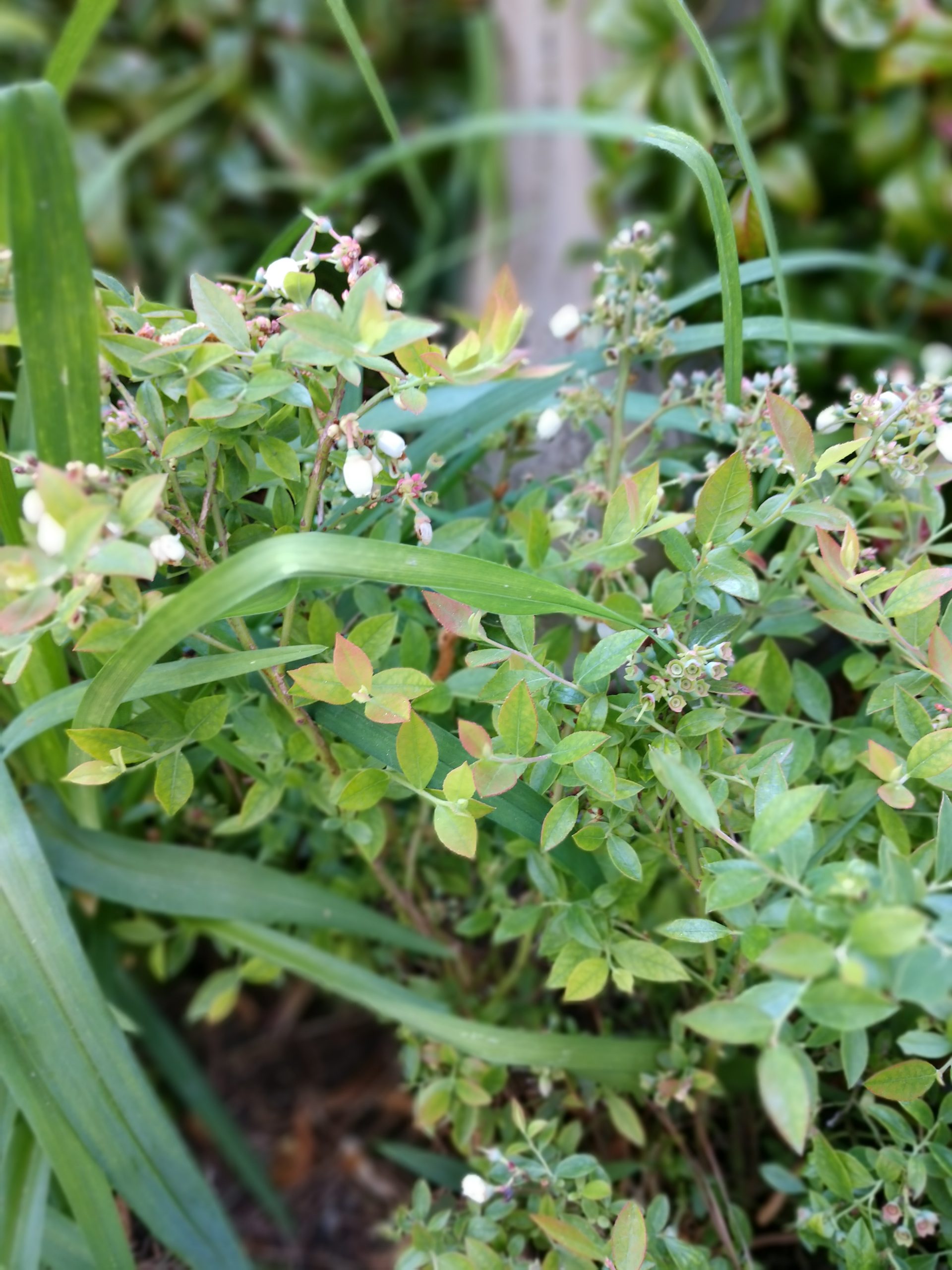
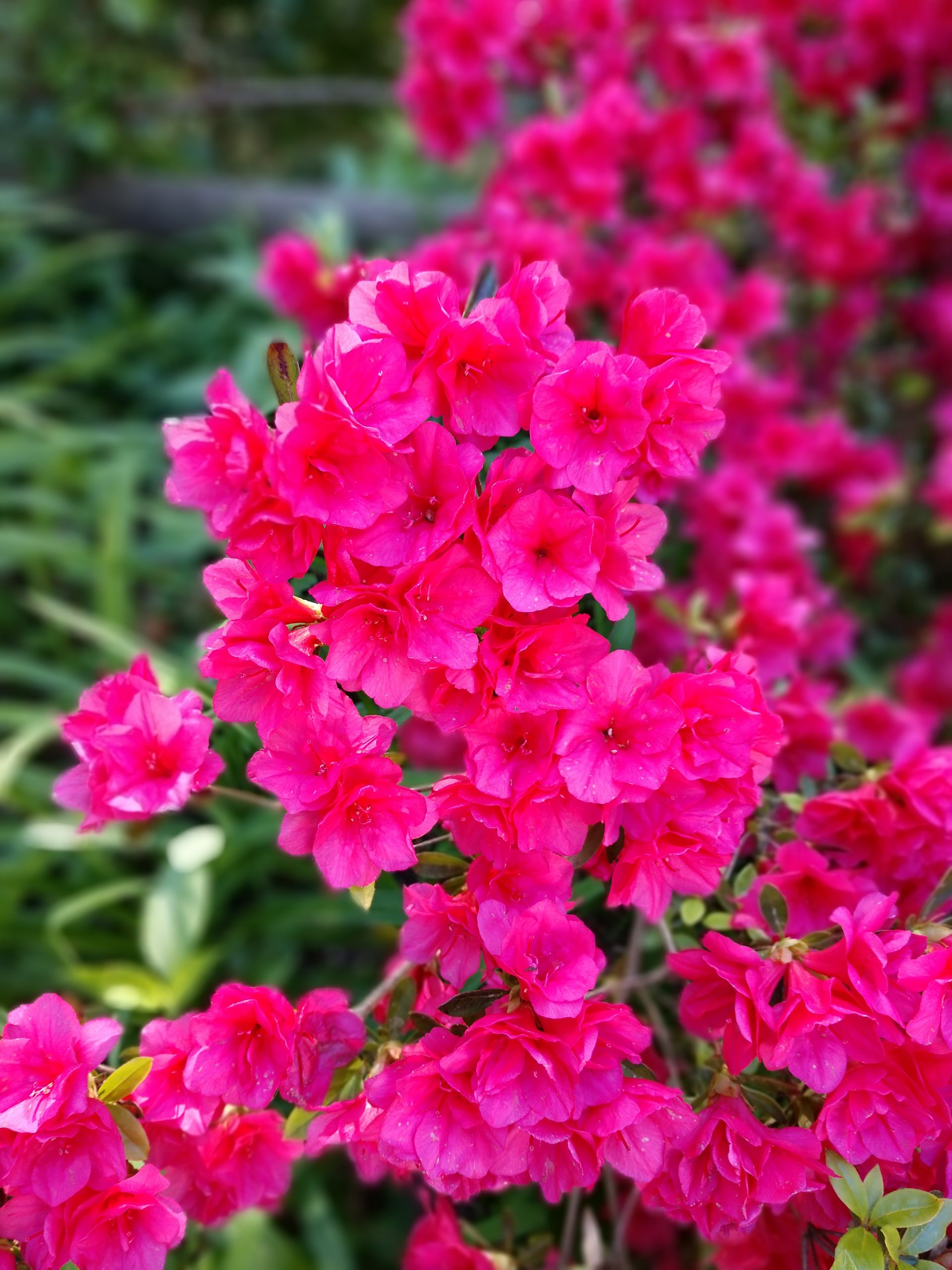
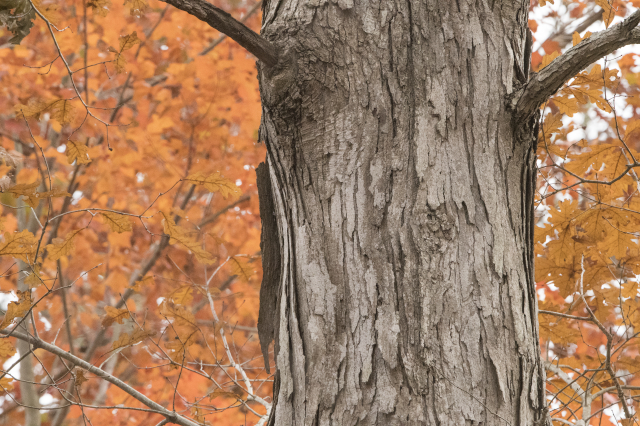
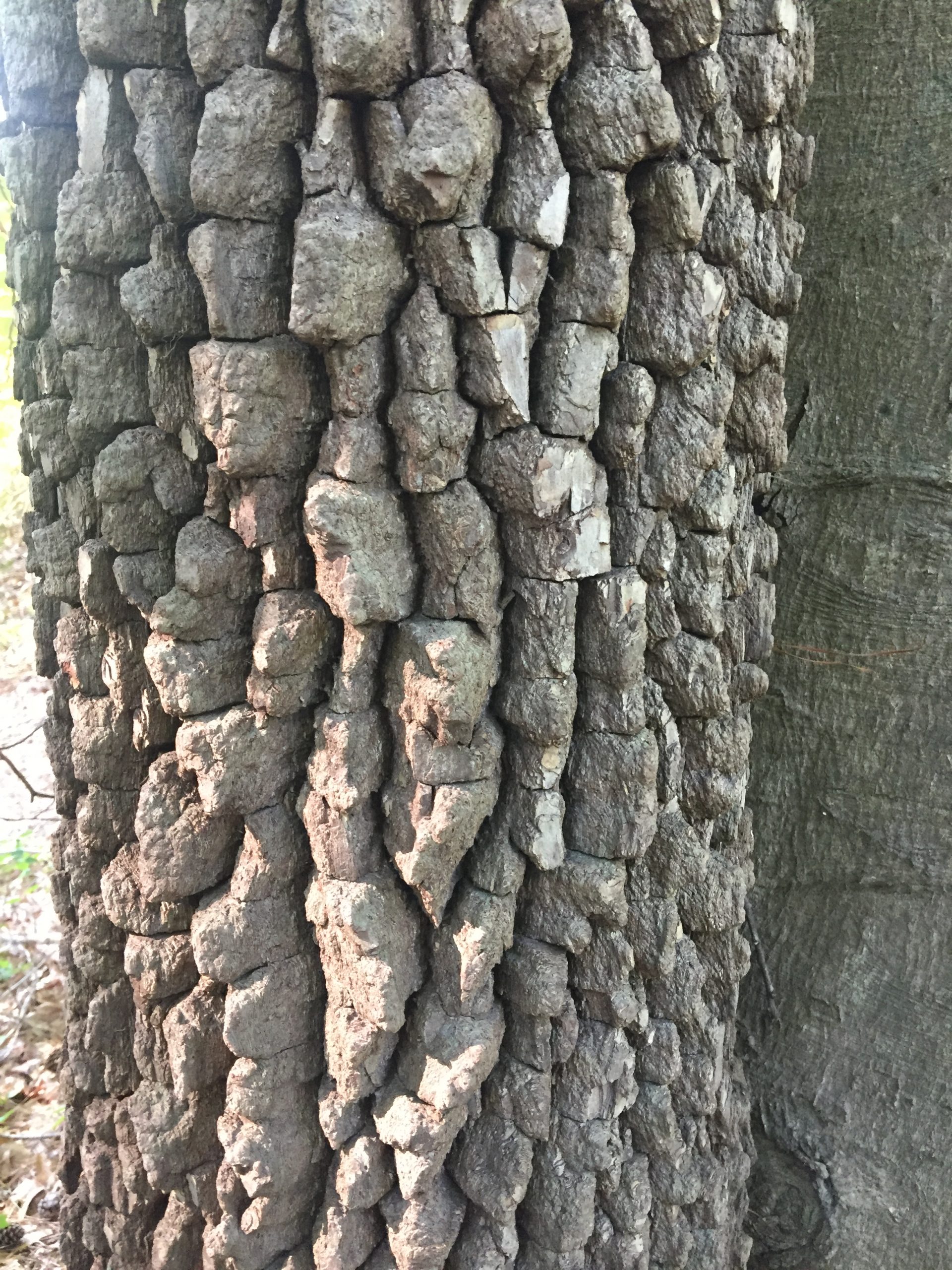
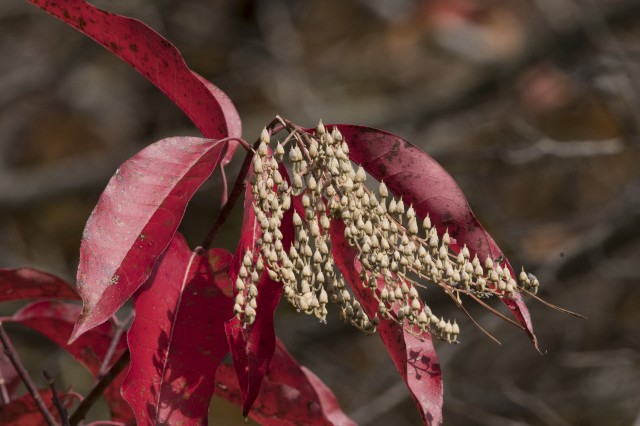
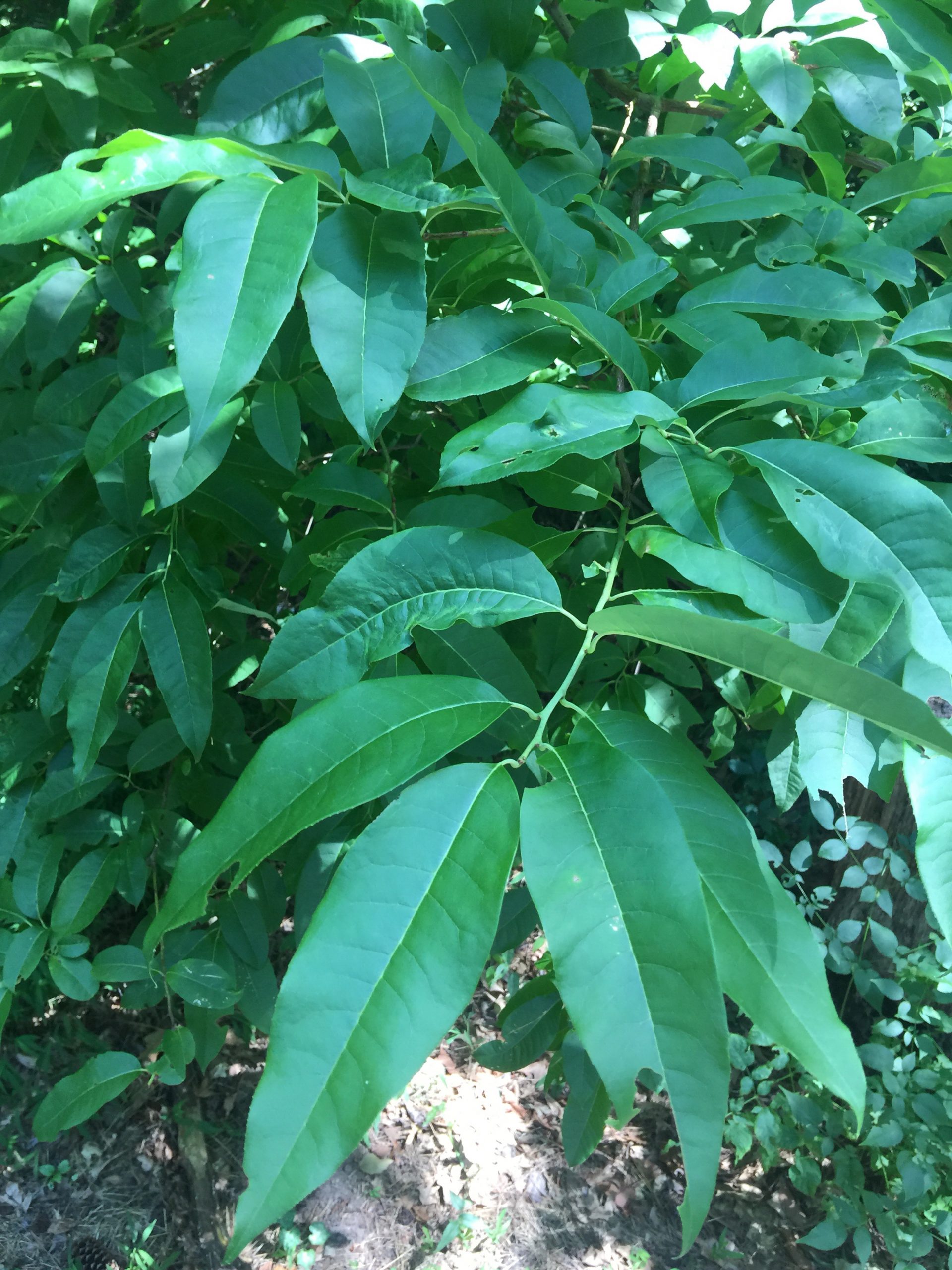
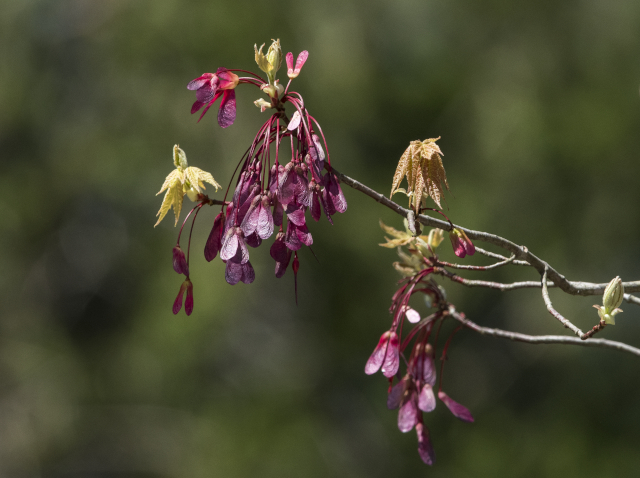
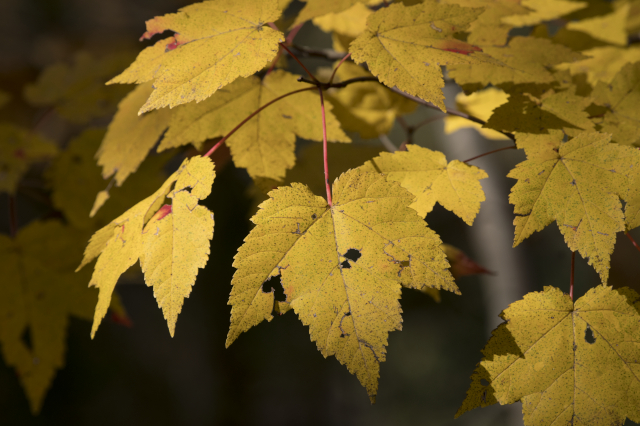

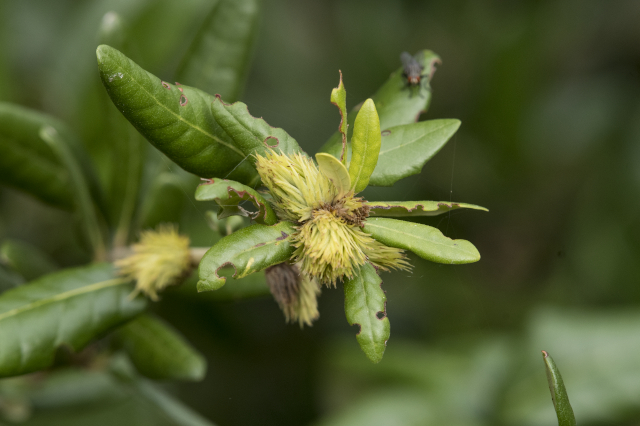
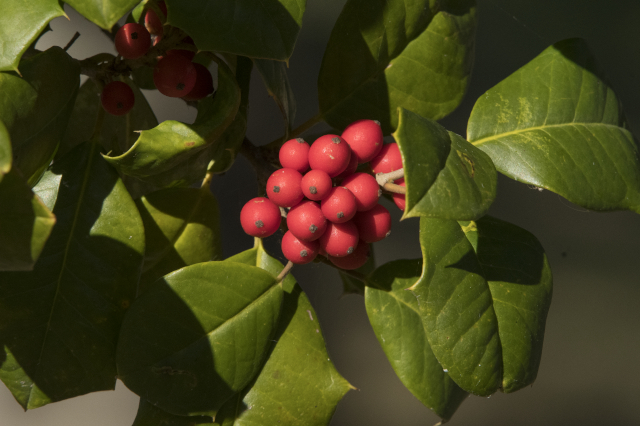
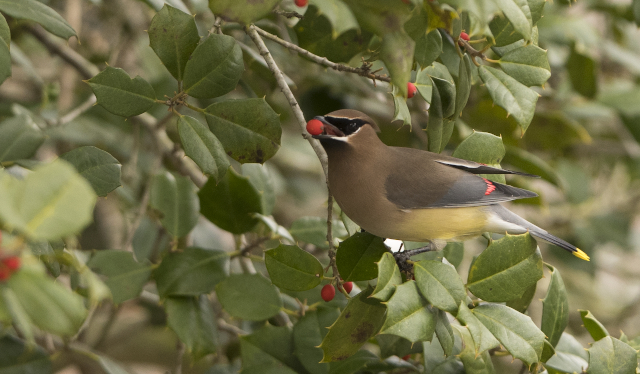
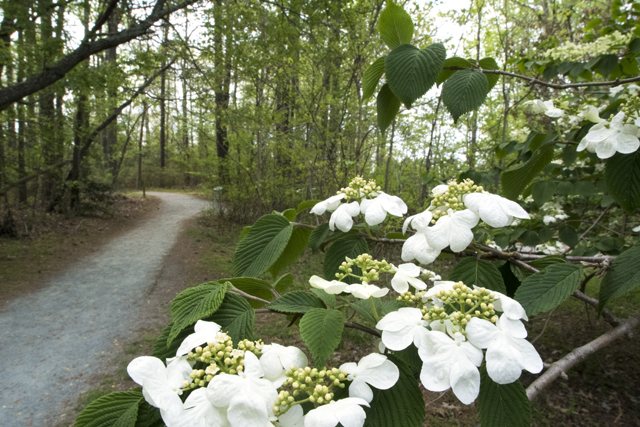

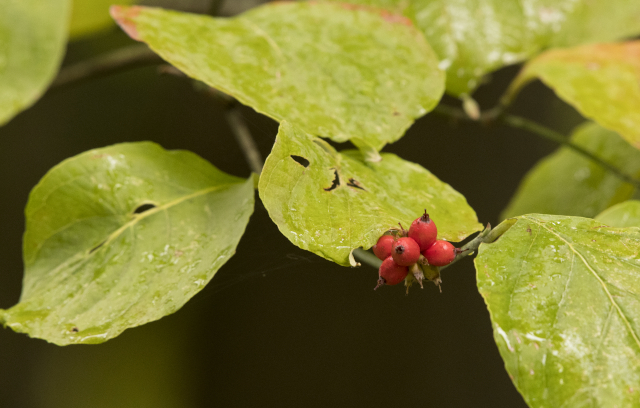
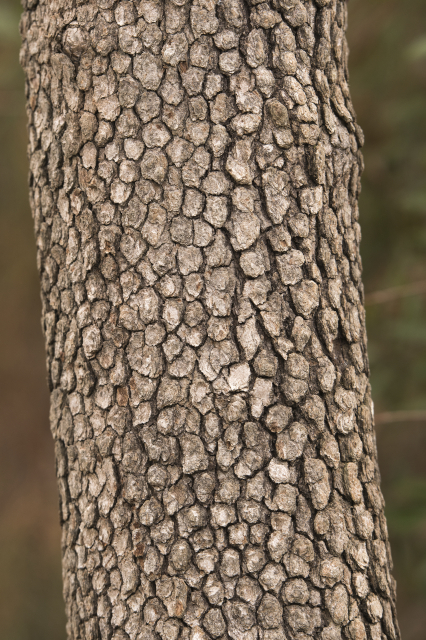

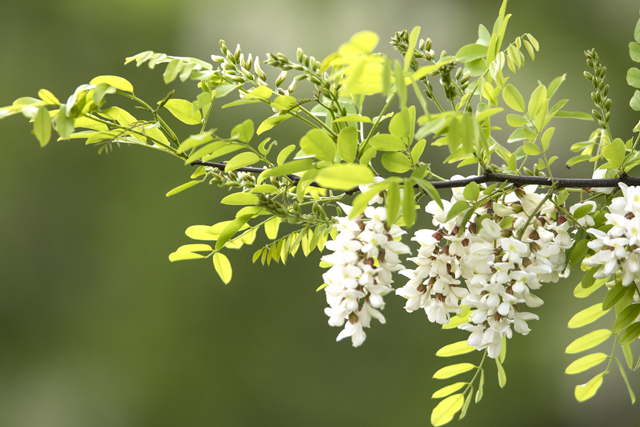
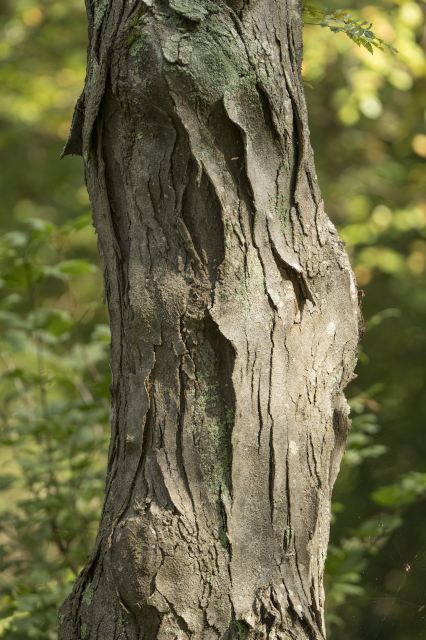
Image credits: The Mariners’ Museum and Park
Measuring the pH of Your Soil at Home
Equipment
pH Neutral Water: distilled water purchased from the store is the easiest material to use for this experiment.
Soil:– what you want to test – Note: See Method – Collect your soil sample.
Containers (minimum two): one needs to be large enough to hold your soil sample and the other your water.
pH Indicator or Meter: pH indicating paper is very common and can be purchased from many home improvement, hardware or gardening stores.
pH indicating paper relies on color-changes

Dyes infused into the paper change color in the presence of acids, bases or even neutral solutions. Use a small amount (a drop or two) of the liquid being tested as too much liquid can dissolve the dye from the paper. Also, while pH indicating paper can be very sensitive, it does depend on the person reading the paper to be able to perceive the color changes. That means color blindness can make this a difficult or impossible method of measuring pH. Also different pH papers have different ranges and sensitivities that they can be used for. The one in the picture has a pH range of 1-14, and sensitivity of 1 pH unit. This means that it can be used to tell the difference between pH 6 and pH 7, but not between pH 6 and pH 6.5.
Digital pH meters can also be purchased from many home improvement, hardware and gardening stores.
There is a wide range of digital pH meters available
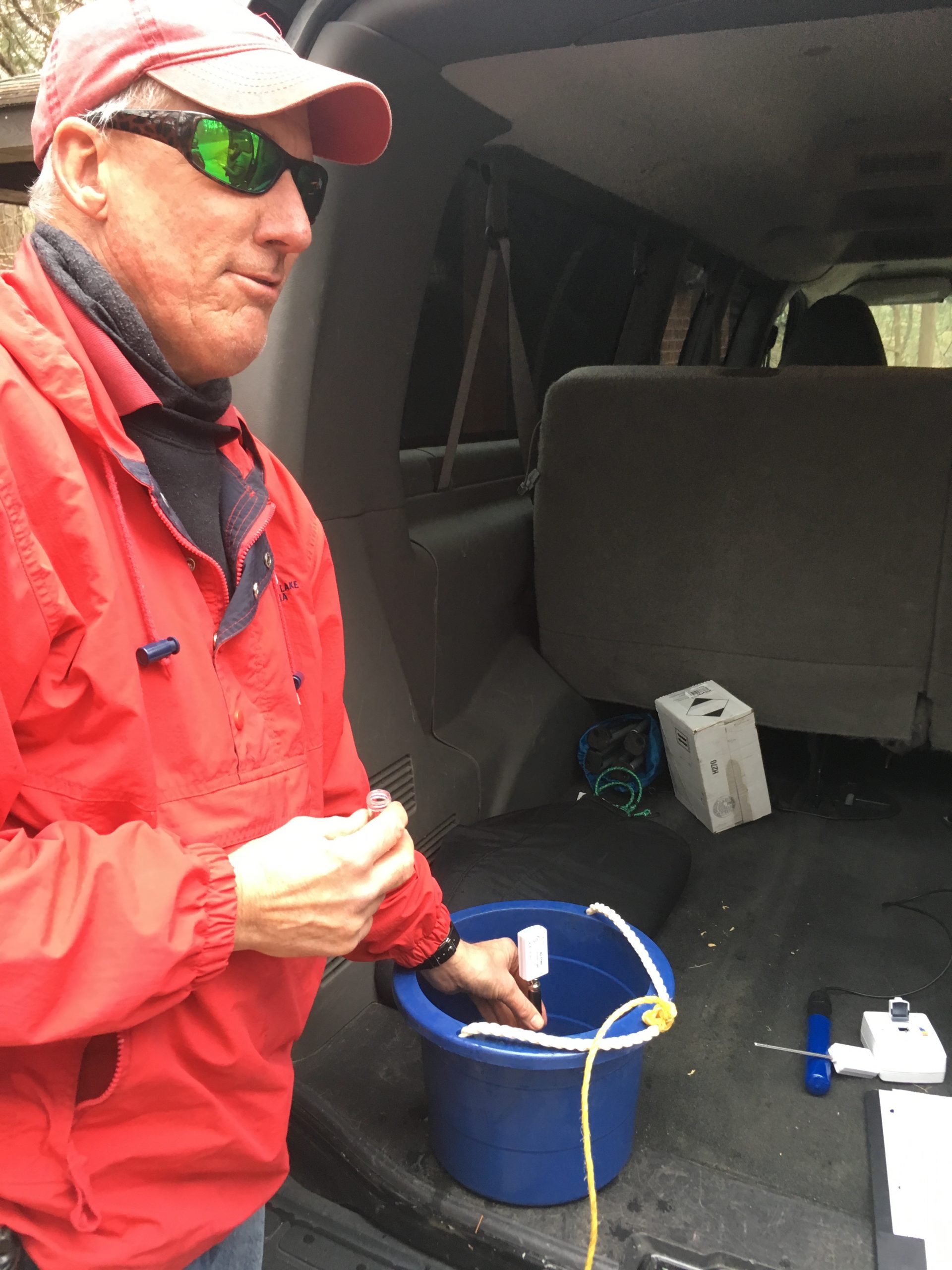
Some digital pH meters, like the one shown in the picture, are blue-tooth enabled and send the readout to a tablet. Others have the read-out built into the probe. The best bet with these is to look at the reviews and decide which works best for you. Like the pH indicating paper, these will have both a range and sensitivity that you need to pay attention to.
Method
Collect your soil sample: Taking your soil sample is an important first step. You can take individual samples from your yard and test them individually, or you can take those same samples and combine them together, depending on your time and the answer you want to get.
Take samples from the total range of the part of your garden or lawn that you are interested in. From a residential yard take samples from the turf areas at the front, back, side (right), side (left). You can also sample the landscape bed areas in the same way. You may take multiple samples from each area, just know that eventually you will run out of water, pH paper (or battery) and patience.
Place each sample into a container and then add water: The amount you add depends on the dryness of the sampled soil.
Recommended procedure: Start with an equal amount of water to soil. By volume that means one tablespoon of water for one tablespoon of soil. You want to wet the soil thoroughly and have enough water to take your measurement. If you add too much water, then you dilute the results, literally.
Wait. . . : no longer than 1 hour, but the longer you wait the more time the water has to dissolve the acids (or bases) from the soil.
1 hour is an industry standard for pH extraction experiments. Carbon dioxide from the air (plus other potential pollutants) can dissolve in water given enough time and throw off measurements. Plus, things can start to grow things in the soil sample if given enough time. . .
Measure the acidity: as directed by the indicator paper or pH meter.
Really, we know, but read the directions.
Repeat: For insurance, duplicate the experiment at least one more time
For Statistical Significance, you want to do your measurement three times. However, that is only if you really delight in statistically significant data. . . Yes please!
Tips –
- The more measurements that you make the more information that you have about your garden/lawn/soil of interest. . . However, there is a point where you stop getting more useful information and then you just have extra, unnecessary information.
It can be hard to predict where the transition is from too little to too much data. You will probably be fine with fewer measurements when: you are getting the same pH reading over a large area and see little difference in what is currently growing in that location.
- You want to know what is happening at your plant’s roots, not just the top couple of inches. Different plants will have different planting depths. You’ll want to measure the soil acidity in the area where the roots will be most concentrated.
When you are planting, test the soil at the depth recommended for planting.
More on Science in the Park and Museum
If you want to learn more about the wild-life and plants in the park check out our other blogs on Living the Wild Life and The White Oak Tree with a Hidden Past.
If you want to learn more about current science being done in the Park and Lake, check out Monitoring the Water Quality of Lake Maury and Discovering Nature’s Splendor with the Education Team at the Mariners’.
Science is also done daily in the Batten Conservation Complex and throughout the Museum. Check out the blogs from: Paige Schmidt, Jeanne Willoz-Egnor, Emilie Duncan, Hannah Flemming and so many others!